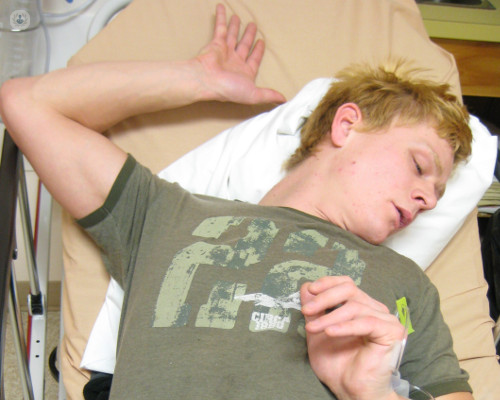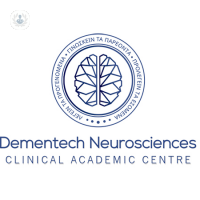Dystonia
What is dystonia?
Dystonia is a neurological movement disorder characterised by involuntary muscle contractions that cause sustained or repetitive twisting and abnormal postures. These muscle contractions can be painful and can affect various parts of the body, including the neck, limbs, face, and torso. Dystonia can range from mild to severe and can significantly impact a person's quality of life and ability to perform everyday activities.
You should see a neurologist for advice on treatment.
What are the symptoms of dystonia?
The symptoms of dystonia can vary widely depending on the type of dystonia and the specific muscles or body parts affected. However, common symptoms of dystonia include:
Involuntary muscle contractions: Dystonia is characterised by sustained or intermittent muscle contractions that are often repetitive and cause abnormal movements or postures. These contractions can be painful and may worsen with stress or fatigue.
Twisting or repetitive movements: People with dystonia may exhibit twisting or repetitive movements in the affected body part. For example, in cervical dystonia (a type of focal dystonia affecting the neck), the head may twist or turn involuntarily.
Abnormal postures: Dystonia can lead to abnormal and sometimes uncomfortable postures. This can include the head being pulled to one side, the foot turning inward, or the hand and fingers contorting into unusual positions.
Pain and discomfort: Muscle contractions associated with dystonia can be painful and may result in cramping sensations or muscle soreness.
Tremors or shaking: Some forms of dystonia can include tremors or shaking movements, which may be confused with other movement disorders like Parkinson's disease.
Functional impairments: Dystonia can significantly impair a person's ability to perform everyday activities. For example, tasks like writing, typing, walking, or even speaking may become difficult or impossible depending on the affected body part.
Symptom triggering: Dystonic symptoms can sometimes be triggered or exacerbated by certain actions or postures. For instance, writing or holding a specific object might worsen the symptoms in cases of writer's cramp.
Sensory tricks (Sensory Gestes): Some individuals with dystonia may find that specific sensory tricks or gestures, such as touching the affected body part or applying pressure to it, can temporarily alleviate their symptoms. These tricks are unique to each individual and are not effective for everyone.
What causes dystonia?
There are no specific causes of dystonia and it is not fully understood as a condition, however, it is thought that it can be attributed to chemical imbalances in the part of the brain called the basal ganglia. The basal ganglia is responsible for initiating muscle contractions, and if the nerve cells here are not communicating properly, muscle contractions can become involuntary and uncontorllable.
Dystonia can either be hereditary from parents, or it can be acquired if the basal ganglia is damaged. Damage to the basal ganglia can result from:
- oxygen deprivation
- infection
- brain trauma
- stroke
- tumour
- lead of carbon monoxide poisoning
- reactions to certain drugs
What is the treatment for dystonia?
Treating dystonia depends on the severity and the part of the body affected. A fairly new treatment for dystonia makes use of botulinum toxin (Botox) injections which is injected into the affected muscles. Botox help as it blocks the chemical called acetylcholine which produces muscle contractions. With repeated injections, some control can be regained over the muscle contractions.
In more severe cases of dystonia, deep brain stimulation can be carried out as a treatment. This involves an electrode being implanted into the affected brain area which is connected to a stimulator that emits electric pulses which aim to reduce the number of involuntary muscle contractions.
There are also medications which can help dystonia patients by controlling the chemical miscommunications happening in their brain which causes the muscle contractions.
Finally, there are physical therapy, speech therapy and stress management techniques that can help dystonia patients manage their symptoms.







